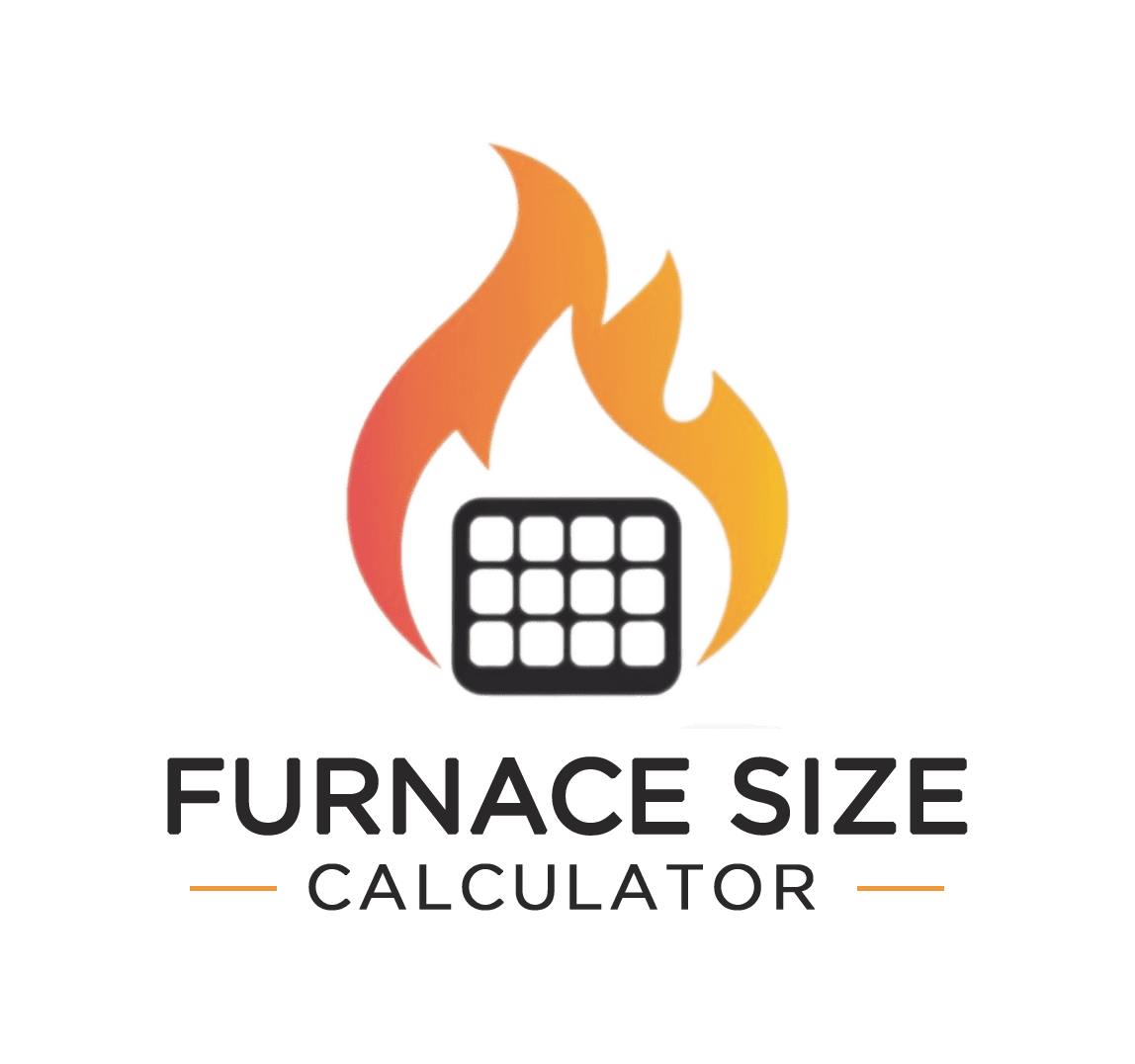Calculate the Ideal Furnace Size for Your Home
Get a Precise BTU Estimate Tailored to Your Needs in Minutes
Sizing your furnace correctly is crucial for a warm, energy-efficient home. A furnace that’s too small leaves you chilly, while an oversized one wastes energy and drives up costs. Our furnace size calculator delivers a personalized BTU (British Thermal Unit) estimate by analyzing your home’s square footage, climate zone, windows, insulation, and more—based on industry standards like those from ASHRAE.
Why does it matter? The U.S. Department of Energy notes that proper furnace sizing can cut heating costs by up to 20%. With our tool, you’ll avoid common pitfalls like uneven heating or high bills, and gain confidence in choosing the right furnace. Enter your details below to see instant, accurate results, and explore our expert guides to learn more about optimizing your home’s heating.
Start Your Free Calculation Now!
Estimate Your Ideal Furnace Size with Precision
Input your home’s details below to get an accurate BTU estimate and heat loss calculation based on industry standards.
Note: This estimate is a starting point. For precise sizing, consult an HVAC professional using a Manual J calculation.
How Our Furnace Size Calculator Helps You Choose the Right Furnace
Our Furnace Size Calculator simplifies choosing the right furnace, providing a tailored BTU (British Thermal Unit) estimate based on your home’s unique characteristics. Using industry-standard methods like those from ASHRAE, it considers square footage, climate, windows, occupants, insulation, and other heating devices to ensure energy efficiency and reliable heating. A properly sized furnace avoids issues like cold spots, frequent cycling, or wasted energy.
Steps to Calculate Your Furnace Size
- Enter Your Home’s Square Footage
Input the total heated area in square feet (e.g., 2,000 sq ft). Larger homes need more BTUs—about 30–40 per square foot, adjusted for other factors like climate and insulation. - Choose Building Type
Select residential or commercial. Commercial spaces often require up to 20% more heating capacity due to larger areas or different insulation (e.g., an office vs. a home). - Pick Your Climate Zone
Choose your region’s climate, from Zone 1 (very warm, like Phoenix) to Zone 5 (very cold, like Anchorage). A Zone 5 home may need 50% more BTUs than a Zone 1 home. - Detail Your Windows
Specify the number, type (single, double, or triple-pane), and main direction of windows. For example, single-pane windows lose about 500 BTUs each, and north-facing ones lose more due to less sunlight. - Add Number of Occupants
Enter how many people live in the home (e.g., 3). Each person generates around 300 BTUs of body heat, slightly reducing your furnace’s required capacity. - Include Other Heating Devices
If you use space heaters or fireplaces, enter their total BTU output (e.g., 8,000 BTU). These lower the furnace size needed for accurate sizing. - Select Insulation Level
Choose your home’s insulation quality: Minimal (e.g., pre-1970s homes), Standard (e.g., homes built 1980–2010), Enhanced (e.g., new or retrofitted homes), or I don’t know. Better insulation reduces BTUs needed by up to 20%, while minimal insulation may increase it by 20%. If unsure, select I don’t know for a standard estimate. - Calculate and Review
Hit “Calculate” to get your recommended furnace size and heat loss estimate. Save the results as a PDF with all inputs and outputs to shop confidently or consult an HVAC professional for a Manual J calculation.
Getting the right furnace size is key to a comfortable, efficient home. Our calculator equips you with clear, actionable insights, whether you’re replacing an old unit or designing a new heating system. For more tips, explore our FAQs below.
Frequently Asked Questions About Furnace Sizing
Why is choosing the right furnace size so important?
The right furnace size ensures your home stays warm and energy-efficient. An undersized furnace struggles to heat your space, leaving cold spots, while an oversized one cycles on and off frequently, wasting energy and increasing wear. According to ASHRAE, proper sizing can improve efficiency by up to 20%, lowering your heating bills and maintaining consistent comfort.
How do I calculate the correct furnace size for my home?
To size a furnace, you need to account for square footage, climate zone, window types, insulation, and occupants. For example, a 2,000 sq ft home in a moderate climate (Zone 3) might need 60,000 BTUs with double-pane windows. Our calculator simplifies this by combining these factors into a precise BTU estimate, saving you time and ensuring accuracy.
How do climate zones affect furnace sizing?
Climate zones determine how much heating your home needs based on local temperatures. Warm regions like Florida (Zone 1) may require only 25 BTUs per square foot, while cold areas like Minnesota (Zone 5) need up to 45 BTUs. Our calculator adjusts for your zone to recommend a furnace that matches your climate’s demands.
How do windows impact the furnace size I need?
Windows are a major source of heat loss. Single-pane windows lose about 500 BTUs each, double-pane lose 300 BTUs, and triple-pane lose 200 BTUs. Their direction also matters—north-facing windows lose more heat than south-facing ones. Our calculator factors in the number, type, and direction of your windows for a tailored BTU estimate.
Do additional heating devices change my furnace size?
Yes, devices like space heaters or fireplaces reduce the BTU load on your furnace. For instance, a 10,000 BTU heater could lower your furnace’s required capacity by that amount. Enter their combined BTU output in our calculator to get an accurate size recommendation, ensuring balanced heating.
How does insulation affect furnace sizing?
Good insulation minimizes heat loss, reducing the BTUs your furnace needs. A well-insulated home with R-30 walls might require 20–30% fewer BTUs than one with R-11 insulation.
Should I consult a professional after using the calculator?
Our calculator provides a reliable estimate to guide your furnace purchase, but for maximum accuracy, consider a Manual J calculation by an HVAC professional. This accounts for additional factors like ductwork and ceiling height, ensuring your system is perfectly sized for your home.
What Our Users Say About the Furnace Size Calculator









